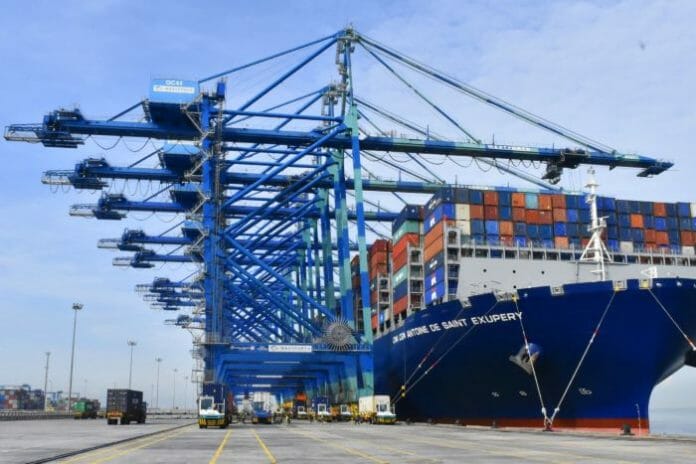2022 marks the second year of double-digit growth in external trade. For the whole of 2022, exports surged by +25%, sustaining double-digit yearly growth for the second year (2021: +26.1%yoy). Factors that supported the robust export growth last year were mainly due to the strong demand for E&E products and also supported by diversified export products. Malaysia as it gained from external demand for commodities particularly crude oil and petroleum products, LNG, and palm oil & palm oil-based products. To a certain extent, the robust growth in commodity exports was also boosted by higher commodity prices, while growing exports of manufactured goods reflect improved easing constraints on the global supply chain. Imports, on the other hand, grew by +31.3%, stronger than +23.3% expansion in 2021.
This indicated that the full reopening of the economy resulted in a continued strong recovery in purchases of foreign-made intermediate goods (+29.3%) and consumption goods (+24.1%). Recovery in investment activities also saw increased imports of capital goods (+15.9%). The value of total trade rose to a new high at RM2.85t last year, surging by +27.8% from 2021.
Exports share to GDP hit a 16-year high. As for the GDP ratio, exports contributed to the economy surged to 94.7% in 2022
(2021: 81.9%), the highest since 2007. Re-exports to GDP ratio skyrocketed to a record high at 20.2% while the contribution by domestic exports was at 74.6%, the highest since 2009. The imports ratio jumped from 65.2% in 2021 to 79.2% in 2022, 16- a year high. Nevertheless, net exports contribution moderated from +16.7% in 2021 to +15.6% last year. MIDF opines the strong import growth underpinned by domestic economic reopening outperformed the export expansion rate which drove the lower net export contribution. In addition, labor & input shortages and oilfield maintenance work among
others limited industrial production activities and outbound shipments last year. Looking into exports, domestic exports
continue to dominate total exports at 78.7% while re-exports are at a new peak point 21.3% in 2022.
RCEP, CTPPP to alleviate 2024 external trade performances. Looking beyond 2023, MIDF is positive about Malaysia’s
external trade outlook. Apart from elevated commodity prices and lower monetary rates, external trade activities of Malaysia are anticipated to expand steadily amid new trade agreement impacts. In a post-pandemic era, Malaysia has ratified Regional Comprehensive Economic Partnership (RCEP) and the Comprehensive and Progressive Agreement for Trans-Pacific Partnership (CPTPP).
CPTPP is a free trade agreement (FTA) between Australia, Brunei Darussalam, Canada, Chile, Japan, Malaysia, Mexico, Peru, New Zealand, Singapore, and Vietnam. As of 2022, RCEP members contributed 58.1% of Malaysia’s total trade while CPTPP members sponsored 27.5%. Even though RCEP held a larger contribution to the total trade, Malaysia’s trade surplus with CPTPP members was higher at RM132.9b vs. RCEP members at RM89.6b in 2022.
According to MITI, CPTPP would alleviate Malaysia’s GDP by USD56.5b over the period of 2021 to 2030. Having these two FTAs, Malaysian products are able to penetrate into wider markets and enjoy cheaper imported goods. Henceforth, MIDF views Malaysia’s exports and imports growth rates to touch +12.1% and +10.9% respectively in 2024.









